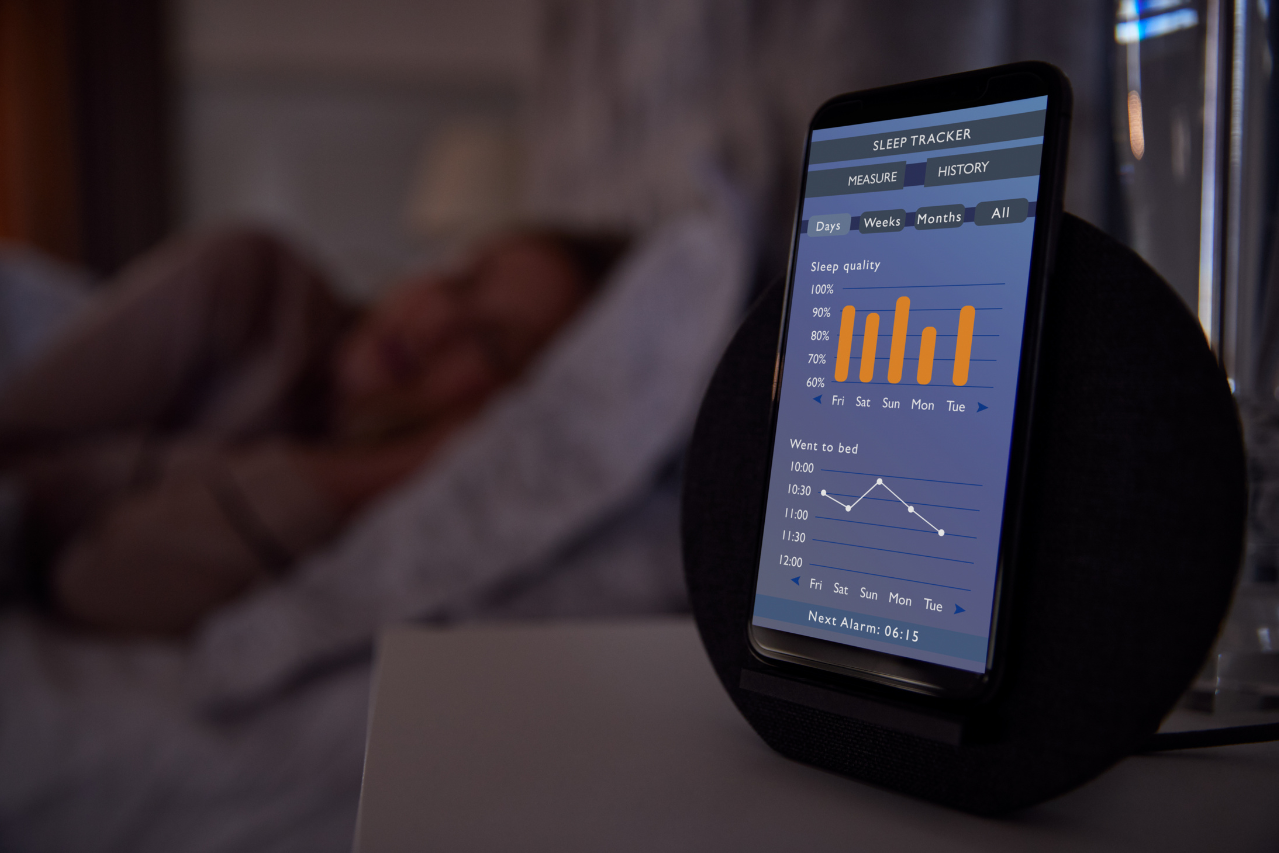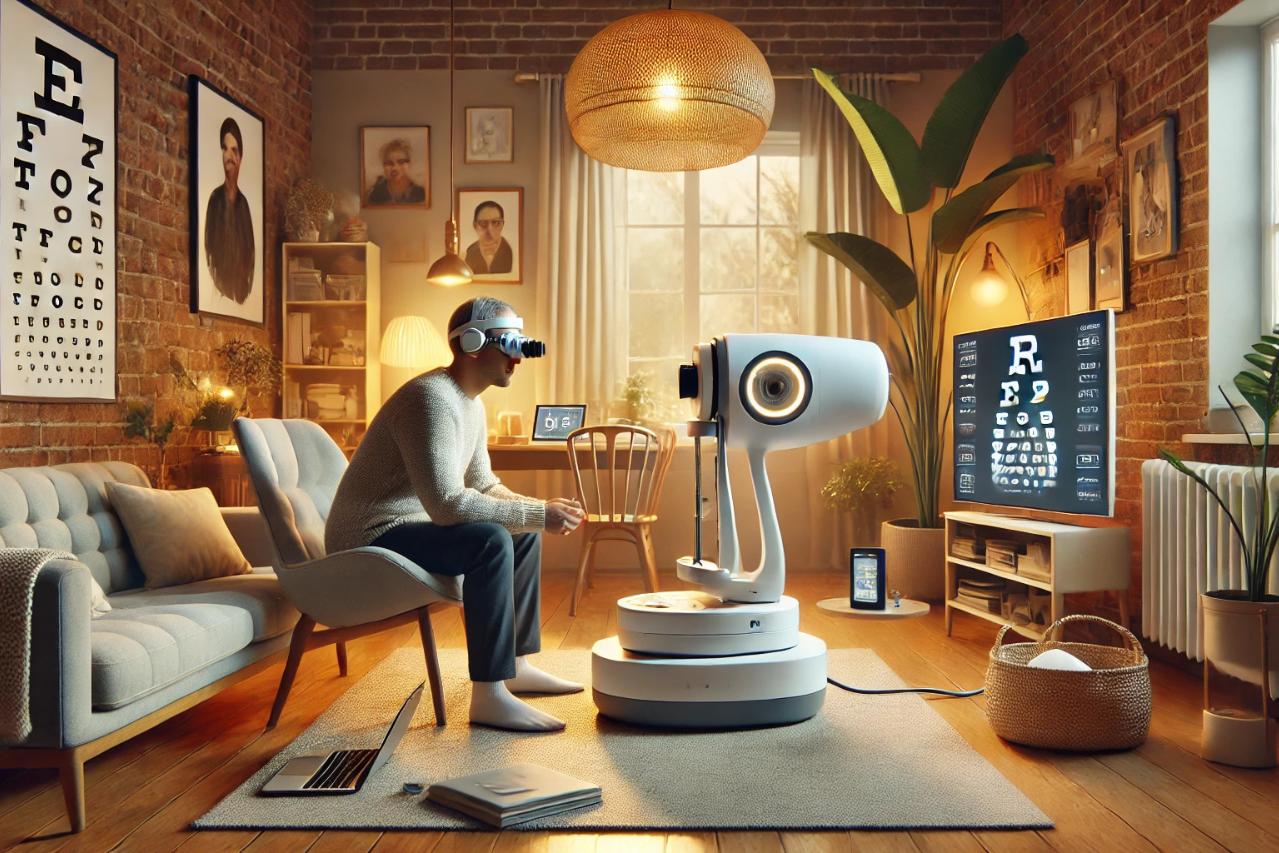As artificial intelligence (AI) continues to shape healthcare, medical devices powered by AI are transforming diagnostics, treatment delivery, and patient monitoring. These innovations fall primarily into two categories: hardware systems integrated with AI/ML (machine learning) algorithms and Software-as-a-Medical Device (SaMD). Understanding these types of AI-driven medical devices and their contributions is essential for both healthcare providers and patients to appreciate the evolving landscape of modern medical technology.
AI-Powered Hardware Systems in Medical Devices
AI hardware systems refer to devices embedded with algorithms that enable them to perform tasks such as image analysis, pattern recognition, or robotic assistance. These systems are designed to address real-time and complex medical requirements, offering precision, efficiency, and in some cases, automation.
Examples and Benefits
- Diagnostic Imaging Systems: AI-enhanced MRI and CT machines utilize deep learning models to interpret images faster and with greater accuracy. In 2023, studies showed that AI-assisted imaging devices could reduce diagnosis times by up to 30% while increasing diagnostic accuracy by approximately 15%, especially in fields like radiology, where high volumes of images require rapid analysis.
- Robotic Surgical Systems: Robotic systems like the Da Vinci Surgical System have integrated AI algorithms that support surgeons with delicate, minimally invasive procedures. These AI-enhanced systems help reduce post-operative complications, lower recovery times, and, according to recent studies, can decrease hospital stays by an average of two days per patient.
- Wearable Health Monitoring Devices: AI-integrated wearables, like ECG monitors or glucose trackers, provide continuous, real-time health data. A report by Deloitte in 2024 indicated that over 70 million people worldwide use wearable devices for monitoring health conditions. AI algorithms embedded in these devices help detect irregularities, allowing for prompt intervention and enhancing patient outcomes.
Hardware systems in AI medical devices have primarily improved diagnostics and precision, which translates into higher quality care and reduced healthcare costs. For example, the World Health Organization (WHO) estimates that AI-supported diagnostic tools could help save $5 billion annually by reducing unnecessary tests and procedures.
Key Insights and Practical Considerations Hardware systems excel at providing real-time, precision-based solutions within clinical environments. However, they often require substantial investment and integration with existing hospital systems. Healthcare providers interested in these technologies should ask:
- How will this device integrate with our current equipment?
- What additional training will our staff need?
- What measurable benefits, such as decreased readmissions or diagnostic times, can we expect?
Software-as-a-Medical Device (SaMD)
Software-as-a-Medical Device refers to software solutions that operate as standalone software that performs medical functions, often through apps, cloud platforms, or other digital means. It offers flexibility, scalability, and affordability, allowing both healthcare providers and patients to access cutting-edge AI technology without significant hardware investments.
Think, Sleep Tracking and Apnea Detection: Apps like SleepScore and ResMed’s myAir pair with CPAP devices or use built-in sensors to detect patterns and issues like sleep apnea. These apps track sleep quality, offering recommendations to improve sleep and manage conditions that affect breathing,
Pregnancy and Fertility Tracking: Apps like Natural Cycles, Ava, and Clue use algorithms to track fertility, ovulation, and pregnancy progress. By analyzing data from users’ cycles, basal temperature, and lifestyle, these SaMD tools offer insights into fertility windows or general reproductive health.
Examples and Benefits
- Diagnostic Assistance Software: Applications like Zebra Medical Vision use AI to analyze medical imaging and identify potential issues that may require further investigation. These platforms have demonstrated an ability to reduce diagnostic errors by up to 20%, especially in rural or underserved areas where access to specialized diagnostic support may be limited.
- Predictive Analytics for Disease Management: AI-powered platforms such as those used for diabetes management can analyze patient data and predict hypoglycemic events hours before they occur. A study from the Journal of Medical Internet Research in 2024 showed that predictive analytics can improve diabetes outcomes by nearly 40% in patients with complex needs, potentially reducing hospitalizations by up to 25%.
- Mental Health and Neurological Monitoring: SaMD applications can also support mental health and neurological monitoring. For instance, apps designed for early detection of conditions like Alzheimer’s can analyze speech patterns or cognitive data, offering early alerts that allow for timely intervention. Given that early diagnosis can slow disease progression, AI-driven apps have been shown to increase the likelihood of early intervention by 30%.
Key Insights
SaMD offers a scalable and flexible approach to healthcare that is relatively affordable. With predictions indicating that the SaMD market will grow at a 22% annual rate through 2030, we can expect even more targeted solutions for chronic disease management and remote monitoring in the near future.
Key Insights and Practical Considerations The primary advantage of SaMD lies in its accessibility, as it can be used remotely, allowing patients to receive monitoring from home. For healthcare facilities exploring SaMD solutions, key considerations include:
- What data privacy measures are in place to protect patient information?
- How will the software integrate with existing electronic health records (EHRs)?
- What is the cost-effectiveness of adding SaMD tools, and how scalable are they?
Comparing AI Hardware Systems and SaMD
To understand the unique value each type of AI device offers, it’s helpful to compare them side by side:
Feature | AI Hardware Systems | Software-as-a-Medical Device (SaMD) |
|---|---|---|
| Primary Use | Real-time diagnostics, robotic assistance | Remote monitoring, predictive analytics |
| Functionality | Combines physical hardware with AI/ML | Pure software, often cloud-based or app-based |
| Cost | Higher due to hardware requirements | Lower, providing more affordable accessibility |
| Scalability | Limited by hardware constraints | Highly scalable across devices and locations |
| Examples | MRI, CT scanners, robotic surgical systems | Diagnostic apps, chronic disease management apps |
| Accessibility | Mainly in clinical settings | Usable anywhere, including home settings |
Challenges and Regulatory Landscape in AI-Driven Medical Devices
While AI offers substantial benefits, it comes with challenges that must be addressed to ensure safe, effective, and ethical use:
- Data Security and Privacy: SaMD tools that collect and analyze patient data face significant data security risks. In 2023, 70% of SaMD applications were flagged for data privacy risks during evaluations. Healthcare providers must ensure these solutions comply with data protection regulations, such as HIPAA in the U.S.
- Regulatory Compliance: Regulations are evolving to keep up with AI innovations. The FDA’s “Digital Health Innovation Action Plan” is a recent initiative aimed at facilitating the review and approval of SaMD tools. Healthcare providers should stay updated on such regulations and select devices that meet compliance standards.
- Bias and Data Diversity: AI’s accuracy is influenced by the data it’s trained on. A 2023 study indicated that algorithms trained on non-diverse datasets had up to 20% lower accuracy when applied to minority populations. It’s crucial to select devices with algorithms trained on diverse datasets to avoid biased outcomes and promote health equity.
Future Trends to Watch in AI Medical Devices
The future of AI in medical devices is promising, with notable trends on the horizon:
- Hybrid Systems: Devices that combine AI hardware and SaMD functions are emerging, allowing for more integrated solutions. For example, robotic surgical systems with cloud-based SaMD allow for remote updates, diagnostics, and even real-time guidance.
- Wearable SaMD Devices: The rise in wearables that incorporate SaMD, like advanced ECG monitors, gives patients continuous access to health information and alerts them to potential health issues.
- Cloud Integration: AI-powered devices are increasingly cloud-connected, enabling seamless data sharing between healthcare providers and patients. By 2030, cloud-connected AI devices are expected to increase threefold, enabling continuous patient monitoring and even remote intervention.
The Growing Role of AI in Medical Devices
AI in medical devices, from hardware systems to SaMD, is transforming healthcare by making diagnostics faster, enhancing treatment accuracy, and increasing accessibility to monitoring. However, healthcare providers and patients alike must carefully evaluate these technologies, balancing their potential with challenges like data privacy, regulatory compliance, and algorithmic bias.
Are you interested in how AI is changing healthcare? Subscribe to our newsletter, “PulsePoint,” for updates, insights, and trends on AI innovations in healthcare.




